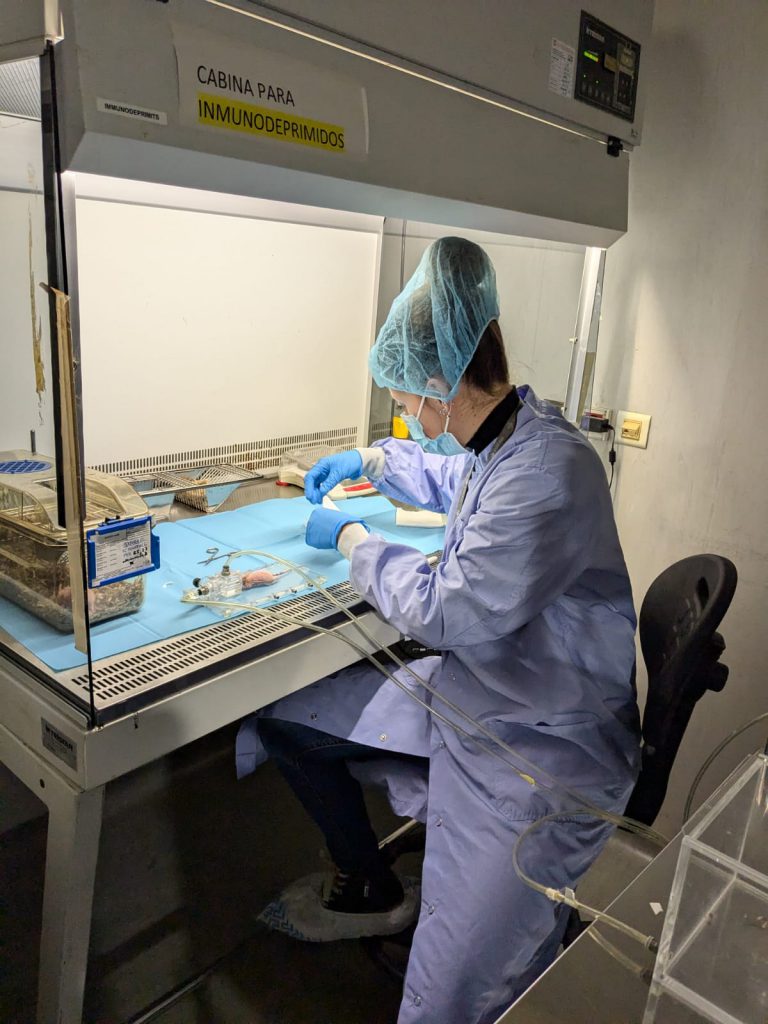U20-S05. In vivo Toxicology (Onsite&Remote) OUTSTANDING
Potential target toxicity of new nanomaterials and drug delivery systems has to be carefully evaluated to support further clinical assays. At U20 we can design, perform and evaluate all type of toxicological studies, including those toxicity analyses performed along with efficacy studiestomore specifically designed long-term or short-term toxicity assays.
Specifically, we provide full services of anatomical pathology, from sample preparation, inclusion, section and staining to anatomopathological evaluation.









